Ute Culture: Ranchero, El Camino, Caballero, and Brat
That’s utes, in this case, not youths, your honor.
The car-based pickup, also known as the “ute,” has always been a bit of an oddball. That’s certainly the case in the U.S., at least. Legend has it that in the mid-1930s, a farmer’s wife in Australia was tired of Down Under dust blowing into her Ford roadster pickup on the way to church. She requested one with a metal top and wind-up windows. It caught on, and the ute became an Australian automotive institution.
The concept has witnessed its peaks and valleys of popularity in North America. Utes can work pretty well as cars or trucks, but they’ve never really excelled at either task. During the muscle car years of the 1960s, high-powered utes held a certain appeal; they could hit the hardware store or tow a trailer and also dust commuter cars between stop lights. By the time the 1970s were underway, though, big performance was gone. Small, plucky pickups from the likes of Toyota were gaining favor. By the end of the 1980s, utes were a thing of the past on these shores. The oddball 2003–06 Subaru Baja is the only one we’ve had since.
Although we’ve written at length about the mustache muscle phenomenon, ’80s cars, and vintage trucks, we haven’t checked in on the market for this last gasp of car-based pickups. So here’s the lowdown on three domestic utes, plus one famous Japanese upstart.
(As a side note for you Mopar maniacs, we didn’t forget about the short-lived 1982–84 Dodge Rampage/Plymouth Scamp. We just don’t track them in our price guide because of insufficient data; there really aren’t many left and they hardly pop up for sale.)
Ford Ranchero (1972–76, 1977–79)
Despite the ute’s Australian roots going back to the 1930s, this clever concept didn’t come to America in full force until more than 20 years later—with the 1957 Ford Ranchero (which means, you guessed it, “Rancher” in Spanish).
“More Than A Car! More Than A Truck!” the Ford ads exclaimed. And though the Ranchero morphed quite a bit over the years, moving from a full-sized platform to the compact Falcon and back up to the Torino and finally the LTD II, it always combined the good looks and occasional sportiness of a car with the utility of a pickup.
By 1972, though, the sixth-generation Ranchero started to gain that early ’70s bulk, and its most prominent design cue was the gaping semi-oval grille it shared with the Torino. Engines started with a 250-cubic inch six, but myriad V-8 options included a 302, Cleveland and Windsor 351s, a new 400-cubic-inch V-8, and a 429. That year also marked the change from gross to net horsepower ratings, so even the two biggest V-8s technically only pumped out 168 and 205 horsepower, respectively, while the hottest Ranchero of the mid-’70s emissions era was the 1974, 4-barrel 351 with 255 hp.
The 1973 Ranchero sprouted bigger 5-mph bumpers, while 1974 brought a new 460-cu-in, 220-hp V-8, and 1975 brought catalytic converters. Trim for the 1974–76 Ranchero included the 500, the GT, the 500 GT, and the woodgrain-wearing Squire.

The final-gen 1977–79 Ranchero got downsized and shared its platform with the mid-size LTD II, abandoning coke-bottle contours for a more squared-off appearance and stacked rectangular headlights. There were three V-8s available (302-, 351-, and 400-cubic inches), all with two-barrel carburetion, and three trim levels (500, GT, and Squire). Ford read the tea leaves and saw that the brighter future in the American market was with compact pickups rather than car-based utes. The company pivoted in that direction, starting with the Mazda-built Ford Courier and ultimately replacing that with the home-grown Ranger. Ford hasn’t sold a ute here in the States since.
As they transitioned to become classics, late Rancheros have quietly but consistently crept up in value—less than many classic trucks but more than most malaise-era cars. The median-condition #2 (Excellent) value for a 1972–76 Ranchero is $20,900, up 101 percent over the past 10 years. Naturally, those with the hottest engines and highest trim command the most money, but driver-quality cars can still be had in the mid-teens.
The 1977–79 Ranchero is cheaper still, and though the median condition #2 value is up 81 percent over the past decade, it’s still just $15,700. Some #3 driver-quality values are in the four-figure range. The most we’ve seen somebody pay for a stock Ranchero of either of these generations is $37,500, and that happened back in 2015. Buyer interest for Rancheros of this era also skews slightly older than the collector car market as a whole, so there isn’t an infusion of younger enthusiasts snatching these up. Malaise era Rancheros also have a natural buffer in that they’ll never be worth more than the sexier, faster, earlier versions from the muscle car era.
Chevrolet El Camino (1973-77, 1978-87)
Ask the average person on the street to name a car-based pickup, and chances are they’ll either look at you funny and walk away or answer “El Camino.” It’s the American ute that lasted the longest, sold the best, and spawned the most memorable offerings.
The GM ute’s origins have a familiar story: like with the Mustang and Bronco, Ford’s Ranchero tapped into a fresh segment of the market, forcing GM to play catch-up with a version of its own. The El Camino (Spanish for “the way” or “the path”) arrived in 1959, two years after the Ford. After some initial success, sales plummeted in 1960 and Chevrolet discontinued the model, only to revive it for 1964. From 1964–77 it was based on the Chevelle, and from 1978–87 it shared the GM A- and G-body platform with the Malibu and Monte Carlo, Olds Cutlass, Buick Regal, and others.

The 1973 model year brought GM’s all-new “Colonnade” look for its mid-size cars. As with the Ranchero, this was the largest era of El Camino, with big bumpers and larger overall dimensions despite shrinking performance. Engines for the 1973-77 generation ranged from the base 307/115-hp 2-barrel V-8 up to 400- and 454-cubic-inch V-8s. The SS, as always, was the sporty option and could be had with either the 350 or 454, but only made up about 10 percent of production in most years.
A new El Camino arrived for 1978 with slimmed-down looks and smaller engines, with Chevrolet or (in California) Buick V-6s at the bottom and 305- or 350-cubic inch small-blocks at the top. The SS continued as the sporty offering, while other special models included the two-tone Conquista as well as the Black Knight/Royal Knight, which were appearances had enough stripes and winged hood decals to give a screaming chicken Trans Am a run for its money. There was also a 1983–87 Choo Choo Customs El Camino—a spiced up SS built by a Chattanooga aftermarket shop. The Choo Choo packages added sportier wheels and mirrors, a Monte Carlo SS polyurethane nose and, of course, decals. The El Camino was even available with the efficient but unreliable Oldsmobile diesel engine, but chances of finding one of those today are slim.
Obviously, these later El Caminos lack the classic status of their tire-spinning descendants from the ’60s and early ’70s, but they’re a way to get a distinctive, relatively practical and fun old car for cheap. The median condition #2 value for both generations is still under $20K despite a spike over the past two years, and all #3 values are under $15K. Expect to pay more for the bigger engines and for loud and proud paint schemes like the Royal/Black Knights or Choo Choo SS. As with the Ranchero, buyer interest for the malaise era El Camino skews slightly older and the serious money chases the high-spec cars from the ’60s, so these will likely always be attainable classics.
GMC Sprint/Caballero (1973–77, 1978–87)

In 1971, the General spun off its successful El Camino into a badge-engineered GMC ute, called the Sprint. This was just in time for the end of the muscle car era, but at least a 454 was available up to 1975. With the El Camino’s redesign in 1978, the GMC version dropped the “Sprint” moniker and jumped on the Spanish bandwagon with the name Caballero (Spanish for “gentleman,” or “knight”), which lasted until 1987.
Special models mirrored the Chevy, with the Sprint/Caballero SP essentially the same as the El Camino SS, and the 1978-80 Caballero Laredo (renamed the Amarillo for 1981-87) essentially the same as the El Camino Conquista. The Caballero Diablo mirrored the Black Knight/Royal Knight, graphics and all. Each of those carries a 15 percent price premium over the base model in the Hagerty Price Guide.
Despite their premium badge, the GMC utes are actually worth a little less than their Chevrolet siblings. The median condition #2 value for the 1973–77 cars is $14,600, and for the 1978–87 cars it’s $19,200. This may be for the simple reason that nobody remembers the GMCs. For example, in 1980 Chevrolet sold well over 40,000 El Caminos. Caballero production totaled less than a tenth of that.
Subaru BRAT (1978–87)

Although its flat-four engine and all-wheel drive are familiar stuff to the Subaru faithful today, the Brat came from a very different era of Subaru. In the late ’70s, Subaru had only a very minor presence in this country. Demand for small trucks was huge and the Japanese firm certainly wanted in, but designing one from scratch would have been expensive. So while Ford was in the process of phasing out its ute, Subaru was creating one, throwing a pickup body on its existing Leone station wagon platform.
Subaru showered it with personality, including giant decals and an optional T-top roof marketed as the “halo-twin roof.” The rear-facing jump seats in the bed, one of the car’s most distinctive (and scary) features, was actually a clever trick to skirt America’s famous 25 percent “Chicken Tax” on imported light trucks. The seats allowed the Brat to be classified as a passenger car instead, which dropped the tariff to 2.5 percent.
Having successfully found a way into the U.S. market, Subaru came up with a name unique to North America for the scrappy rig. Brat stands for “Bi-drive Recreational All-terrain Transporter.” A horribly forced acronym, sure, but it also implies the rambunctious attitude Subaru was going for with its new trucklet. It was sold as the “Brumby” in Australia/New Zealand and the “Shifter” in the UK.
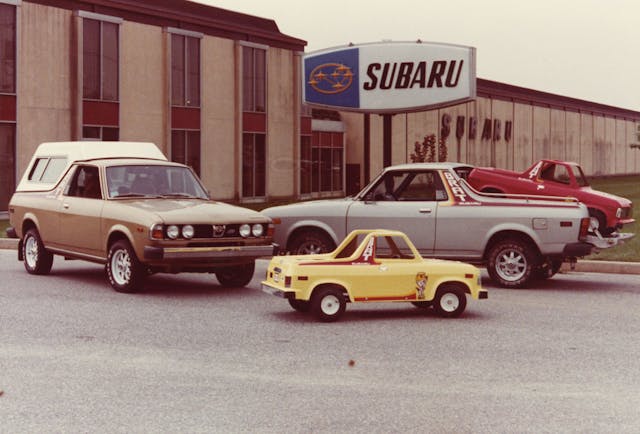
Subaru sold about 100,000 Brats in North America from 1978–87, but it’s tough to find a clean one these days. Cheap cars like the Brat tend to have a low survival rate anyway, but another big reason is best summed up by our own Editor At Large Aaron Robinson: “people thought a Brat could go off-road, largely because of that T-bar handle and the “4WD” logos on the body, but it was a lie. The Brat was merely a lightweight little Japanese trolley made out of, basically, riveted rice paper.”
Maybe so, but it’s a lightweight little Japanese trolley with character, and the Brats have always had a cult following. That following has grown in a big way, as condition #2 values are up 191 percent over the past five years.
There were two basic versions of the Brat sold in the US, and it’s pretty much buyer’s choice when it comes to value. The 1980 or earlier cars had a less powerful 1.6-liter engine and single-range 4WD, but all Brats are underpowered anyway and the earlier cars have more attractive styling. The 1981 and later post-facelift cars, meanwhile, have more grunt with the engine stroked to 1.8 liters and dual-range 4WD, but they’re not quite as handsome as the first series cars. The Brat has also resonated with younger drivers more than the home-grown utes from GM and Ford, as 44 percent of buyers interest for Brats comes from Millennial enthusiasts.
Check out the Hagerty Media homepage so you don’t miss a single story, or better yet, bookmark it.

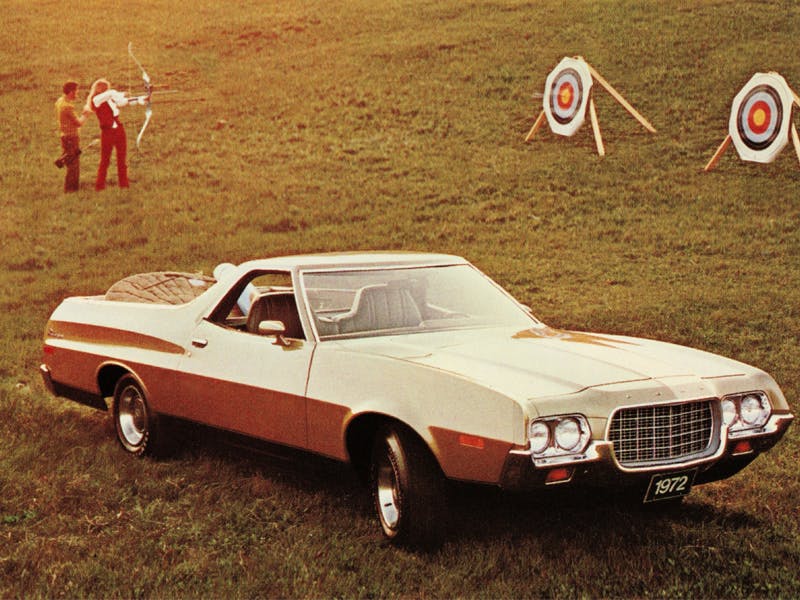
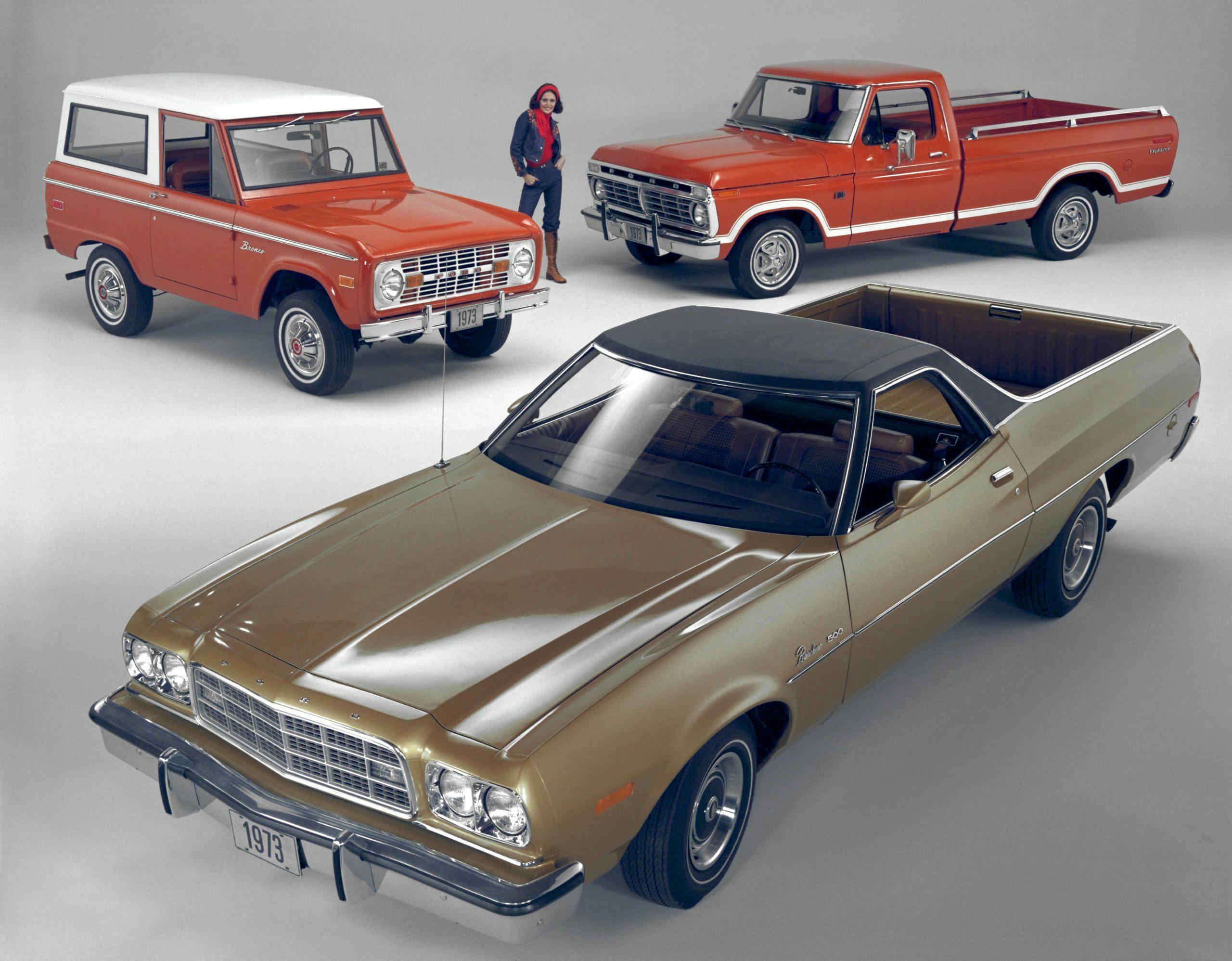
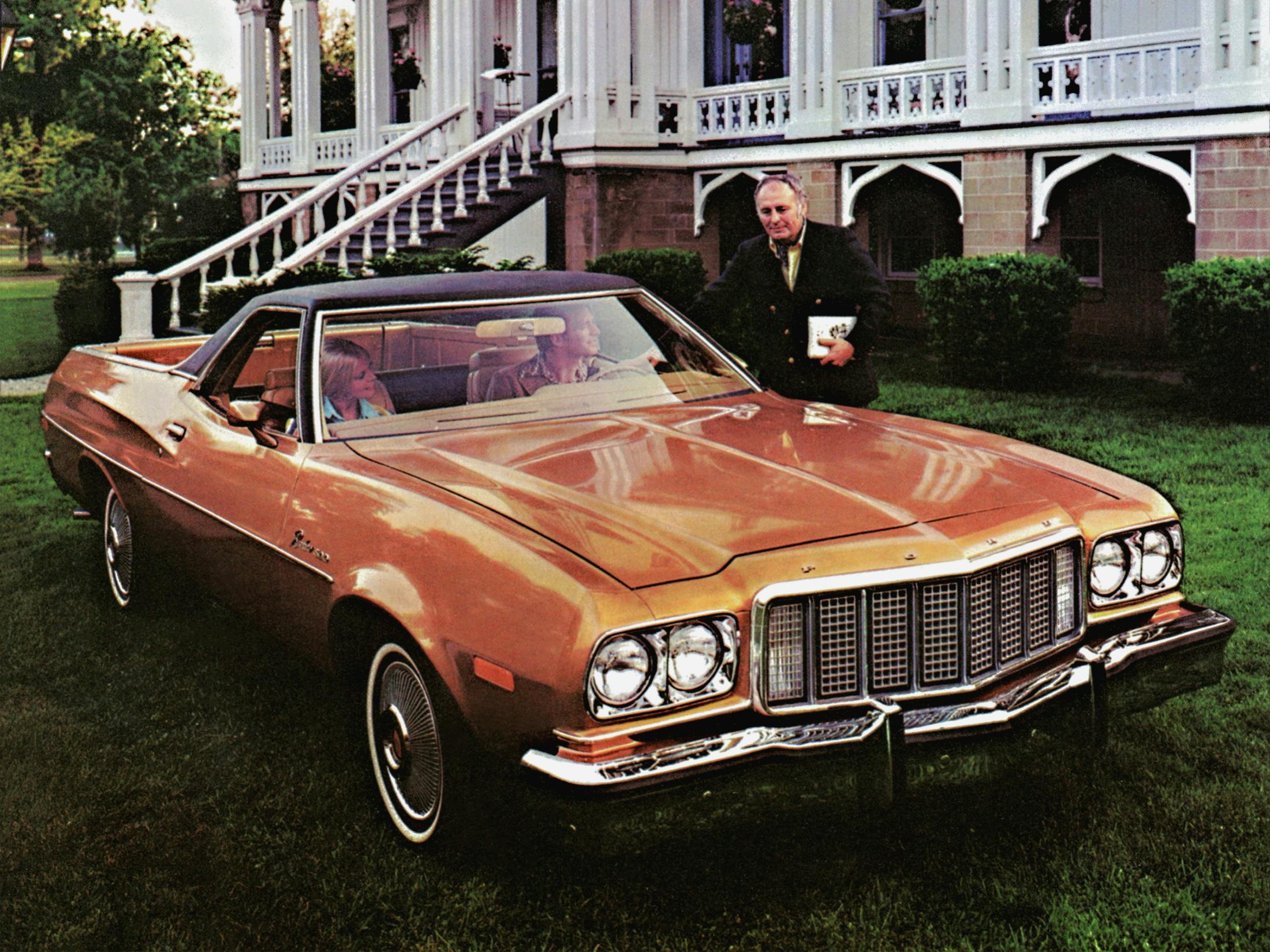
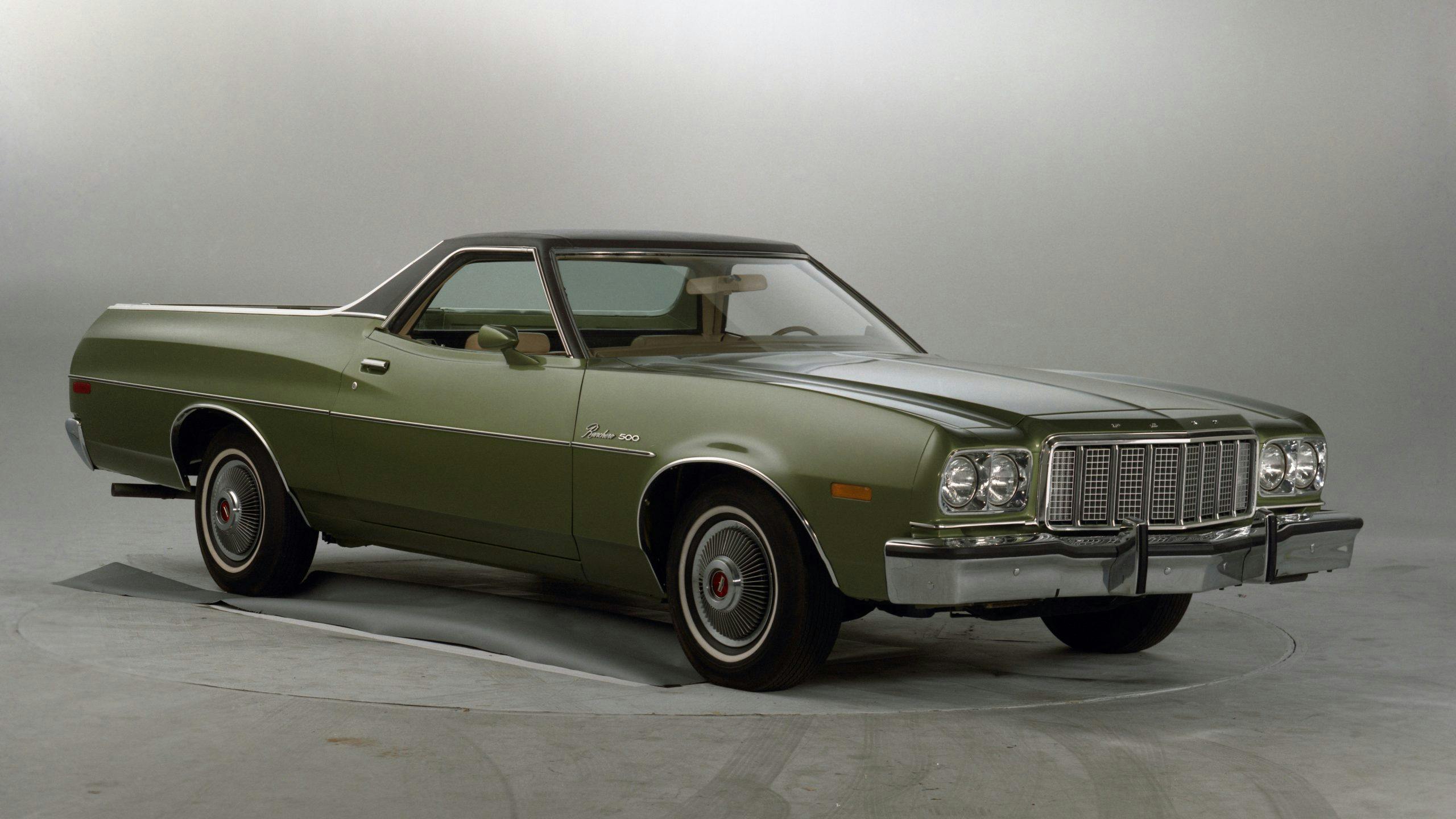
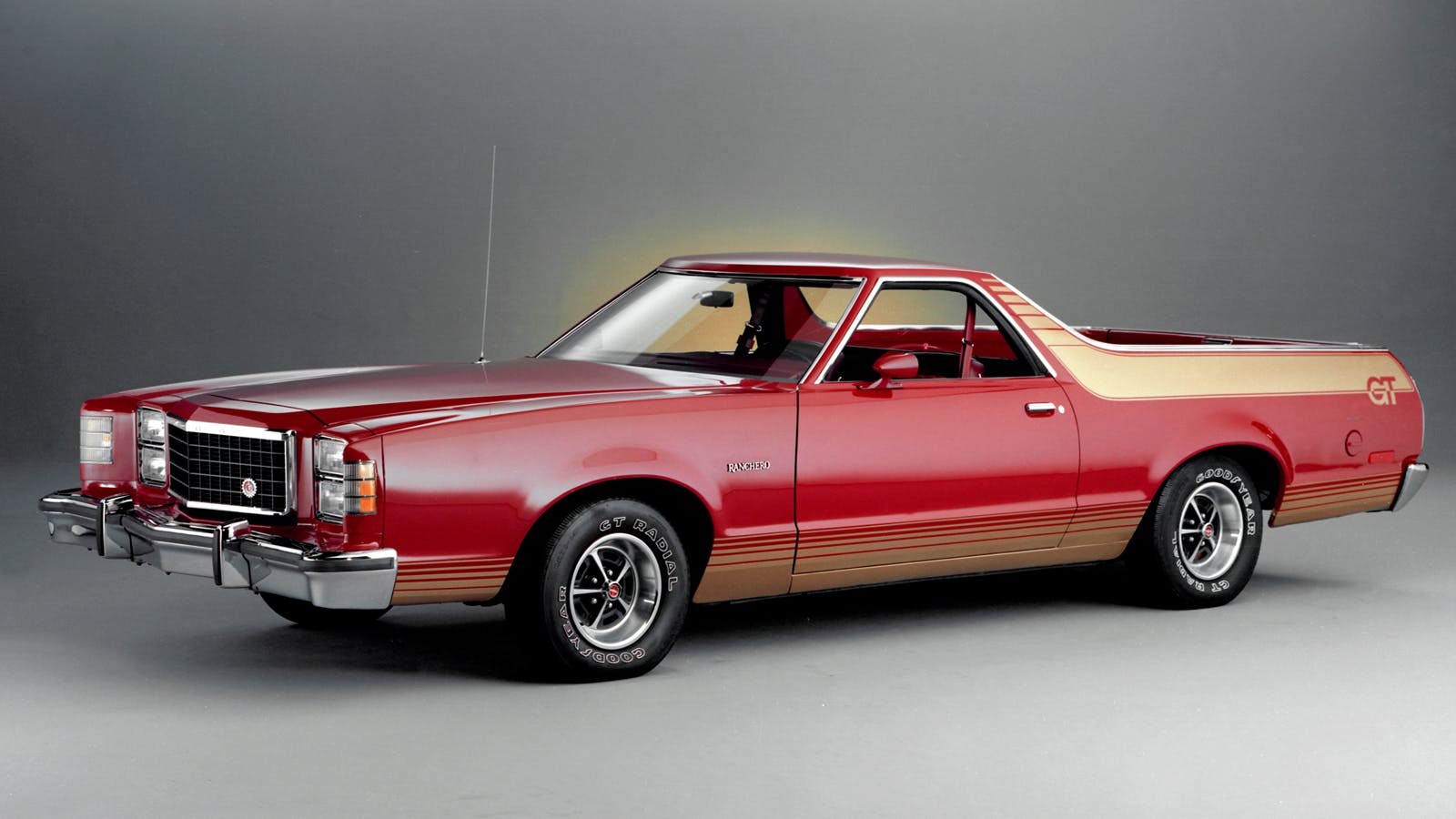
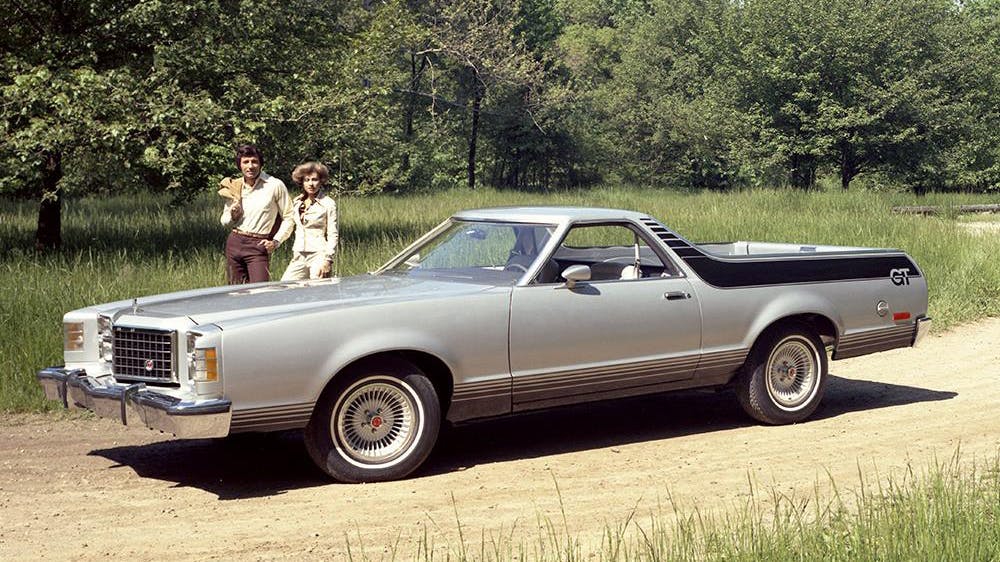
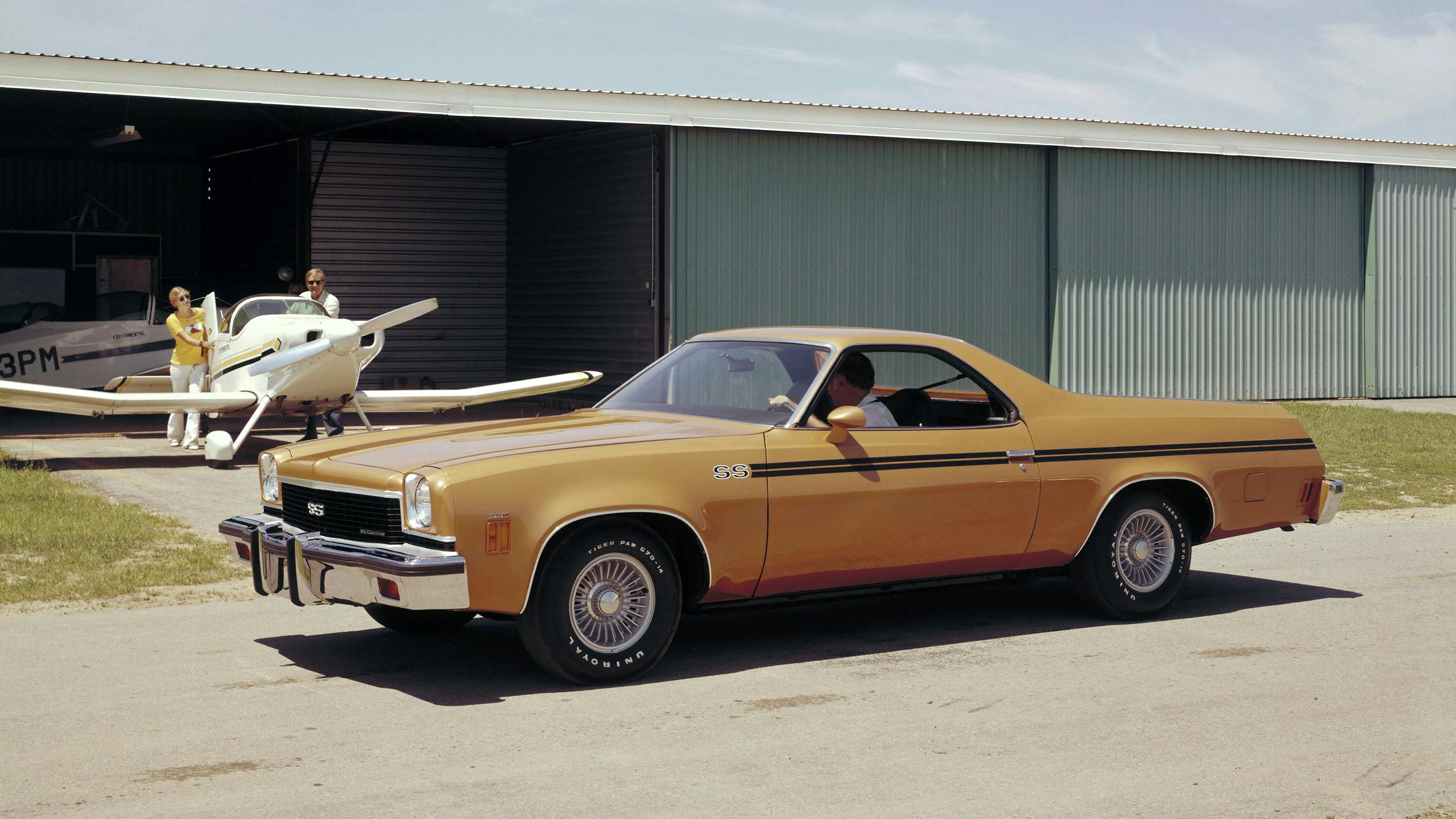

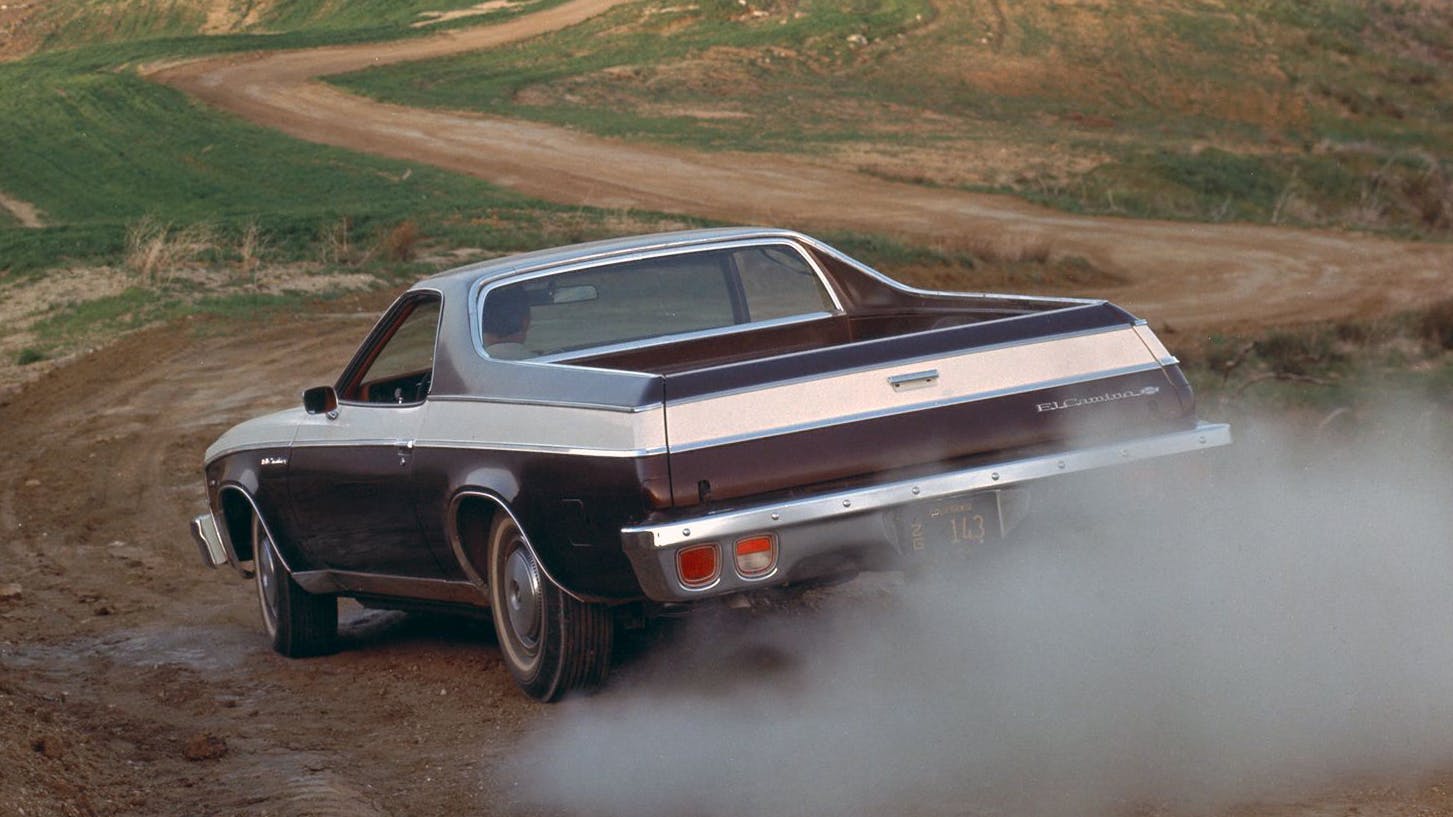
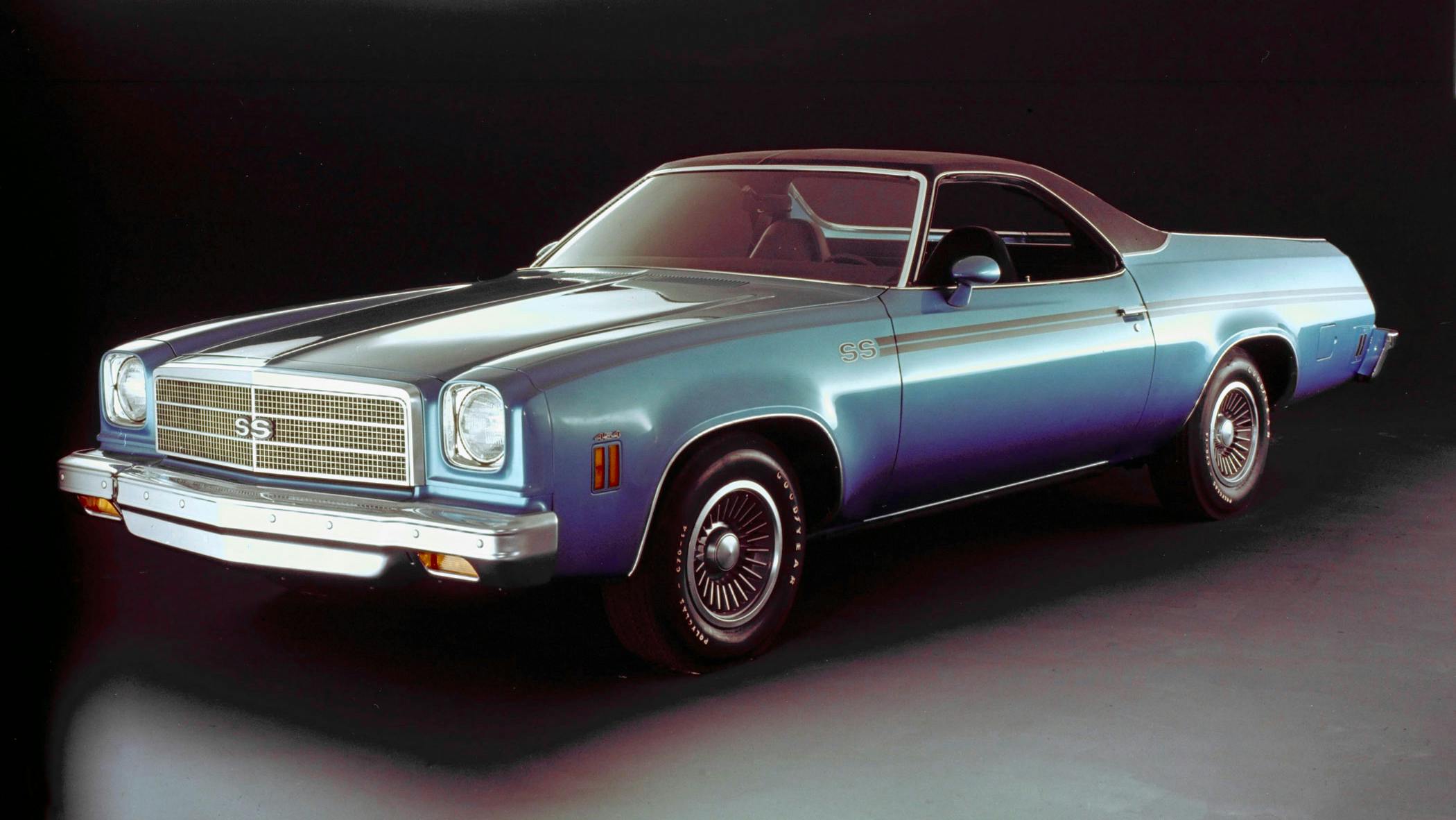
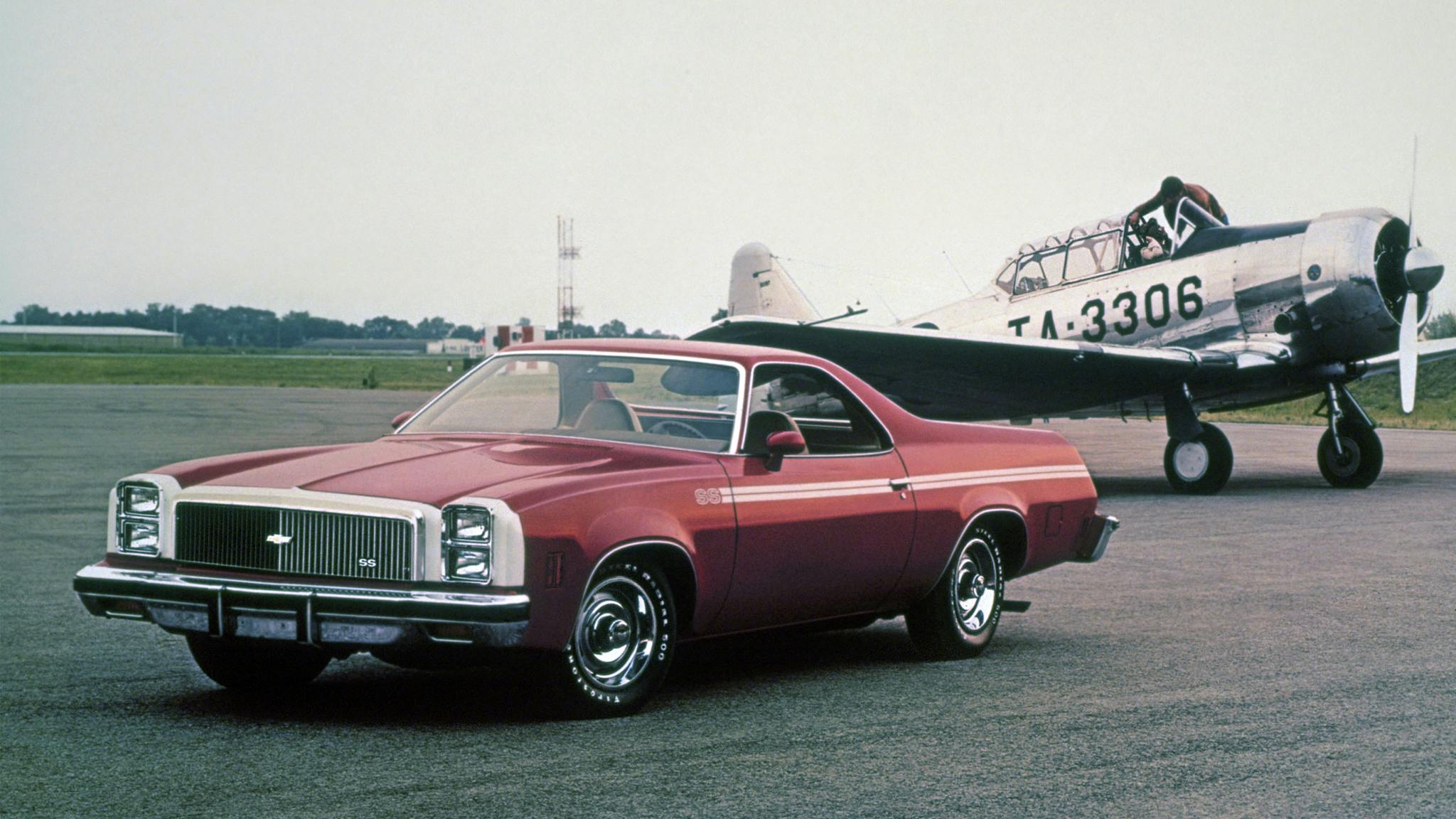
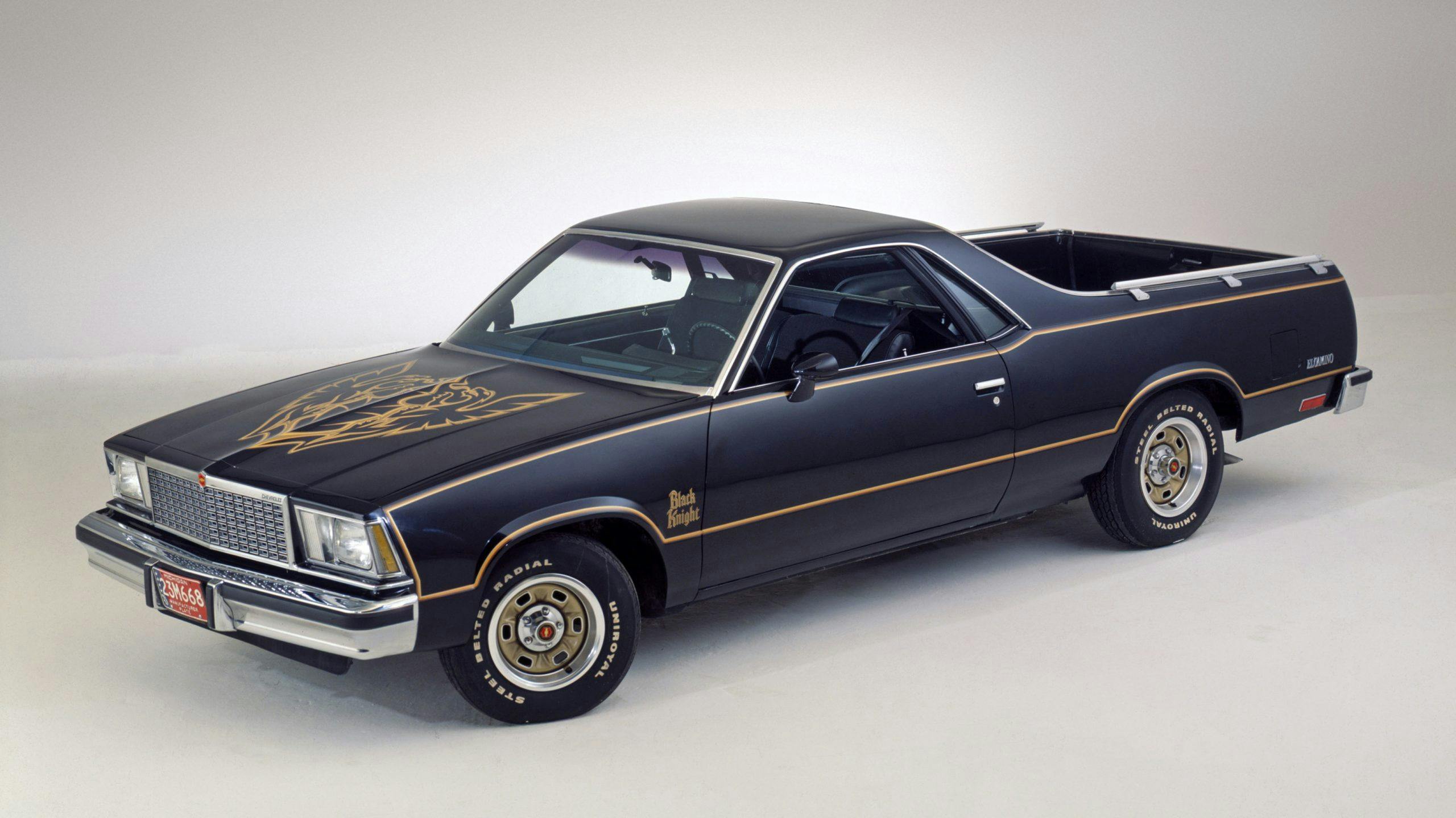

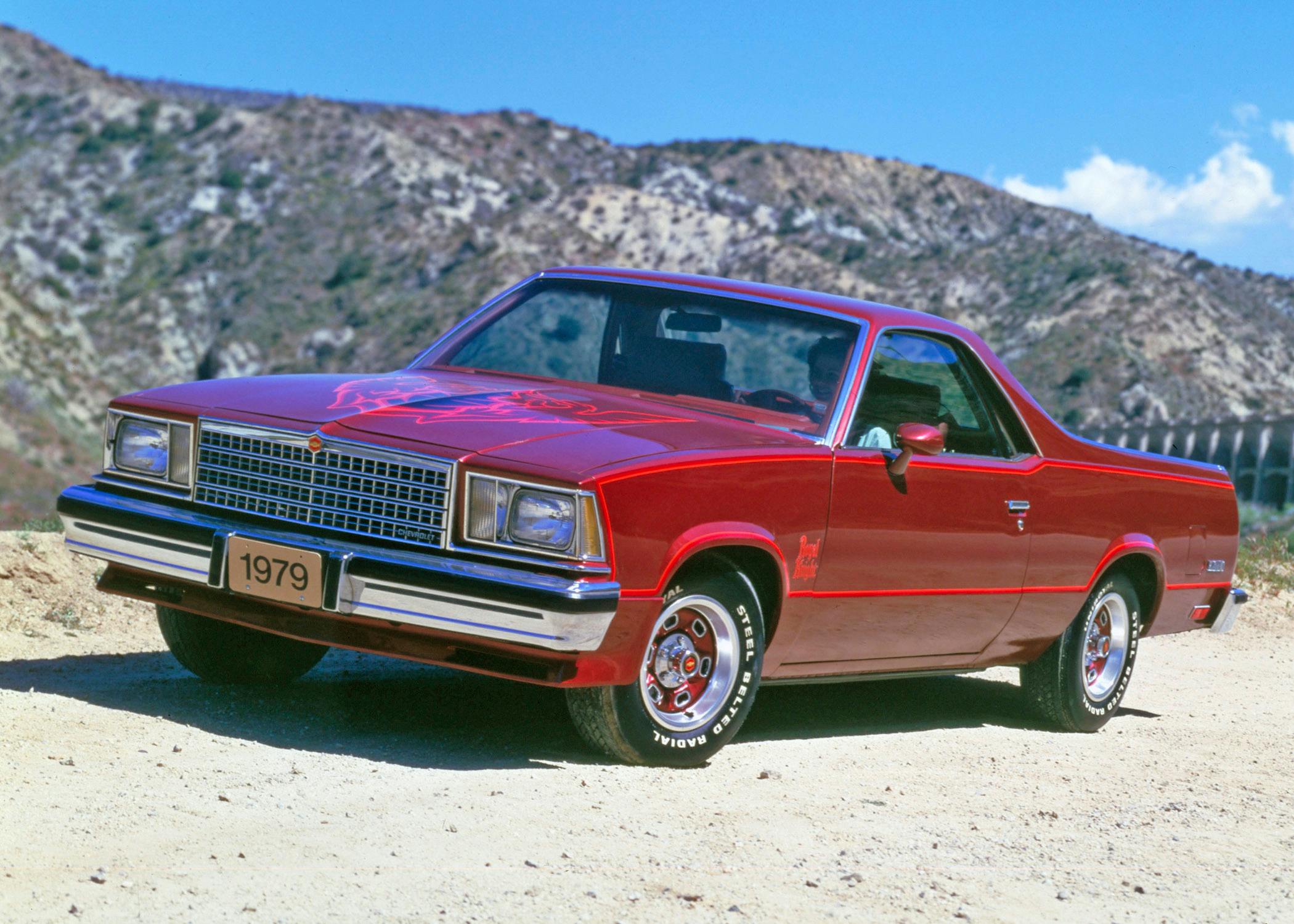
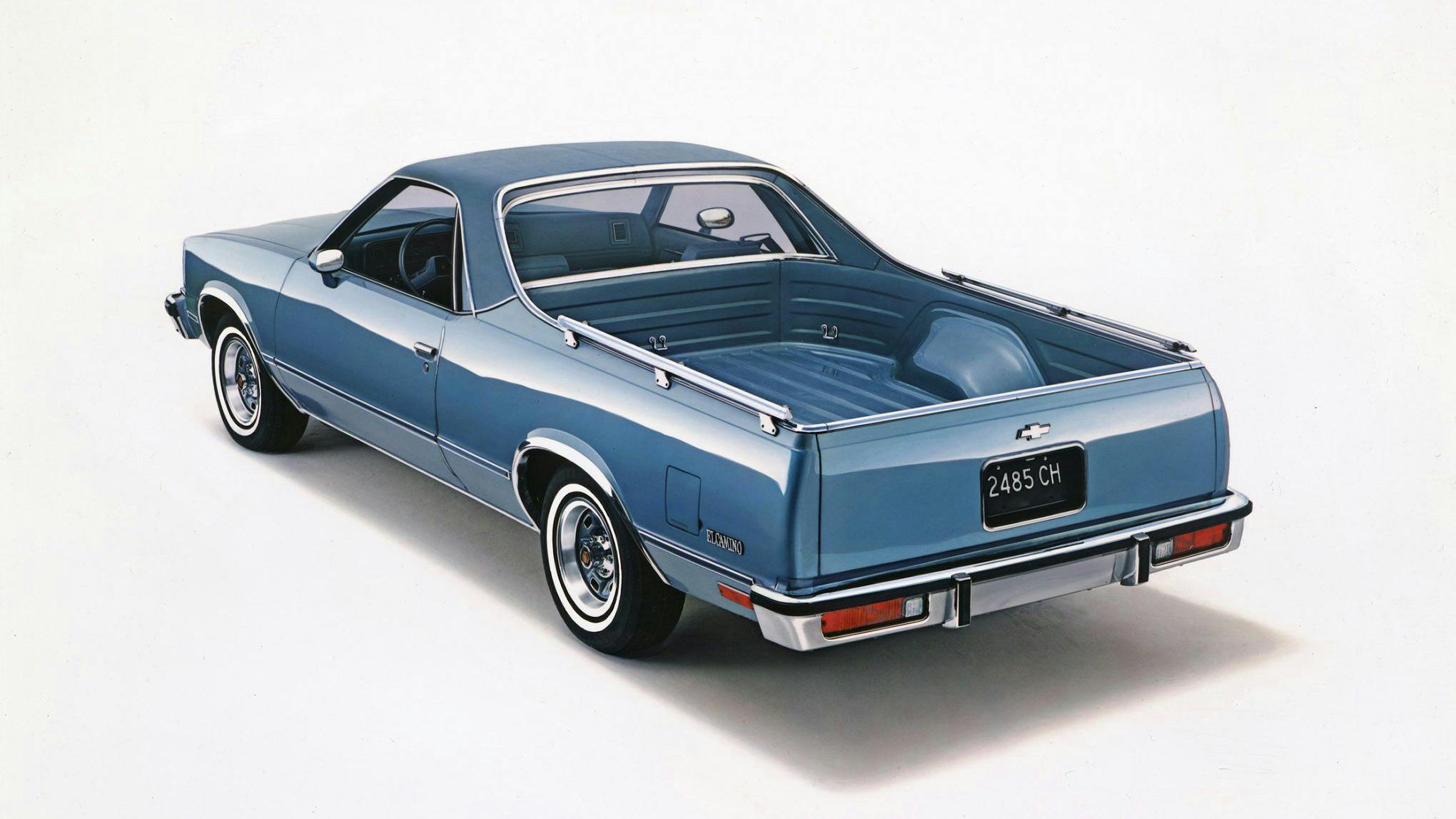

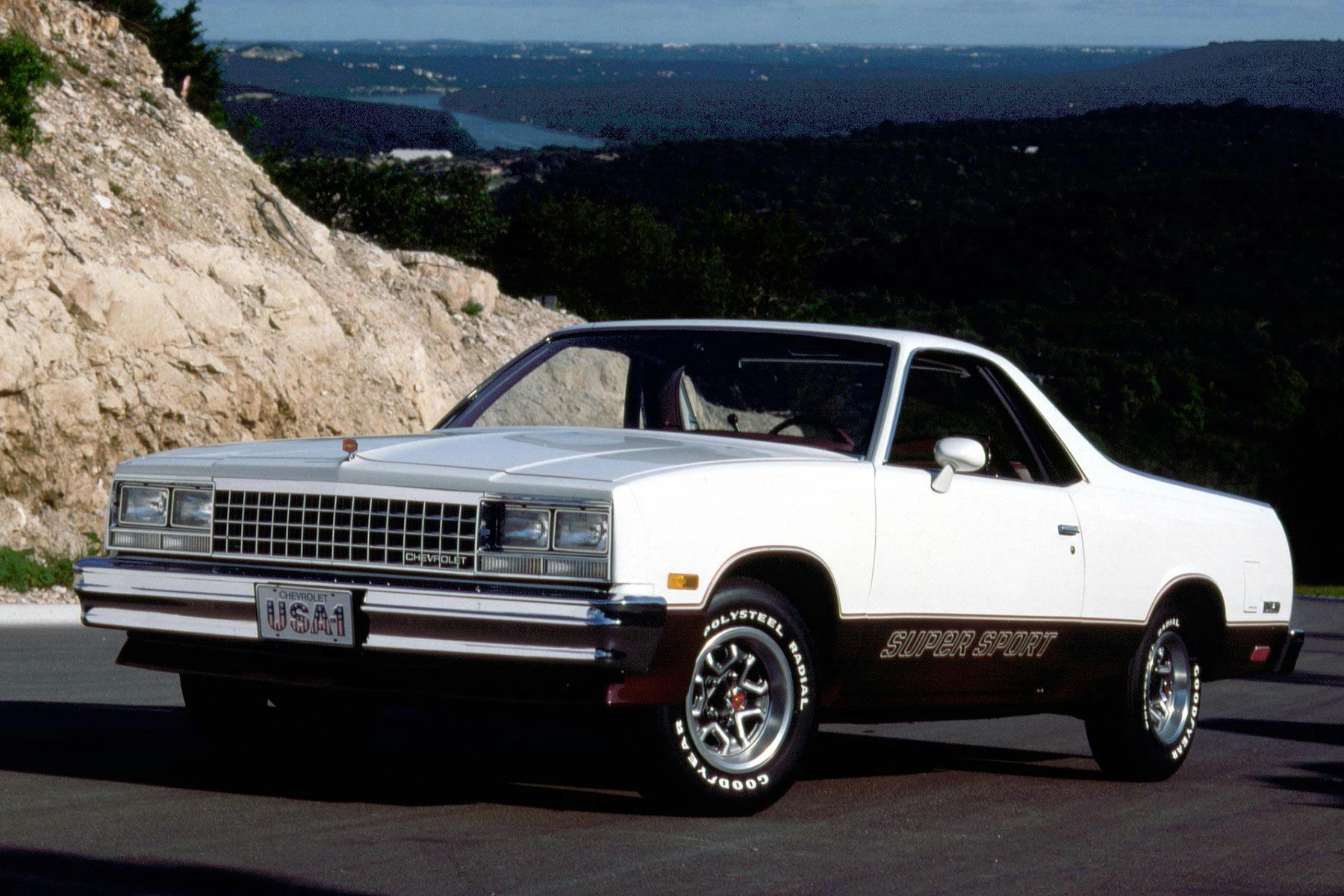
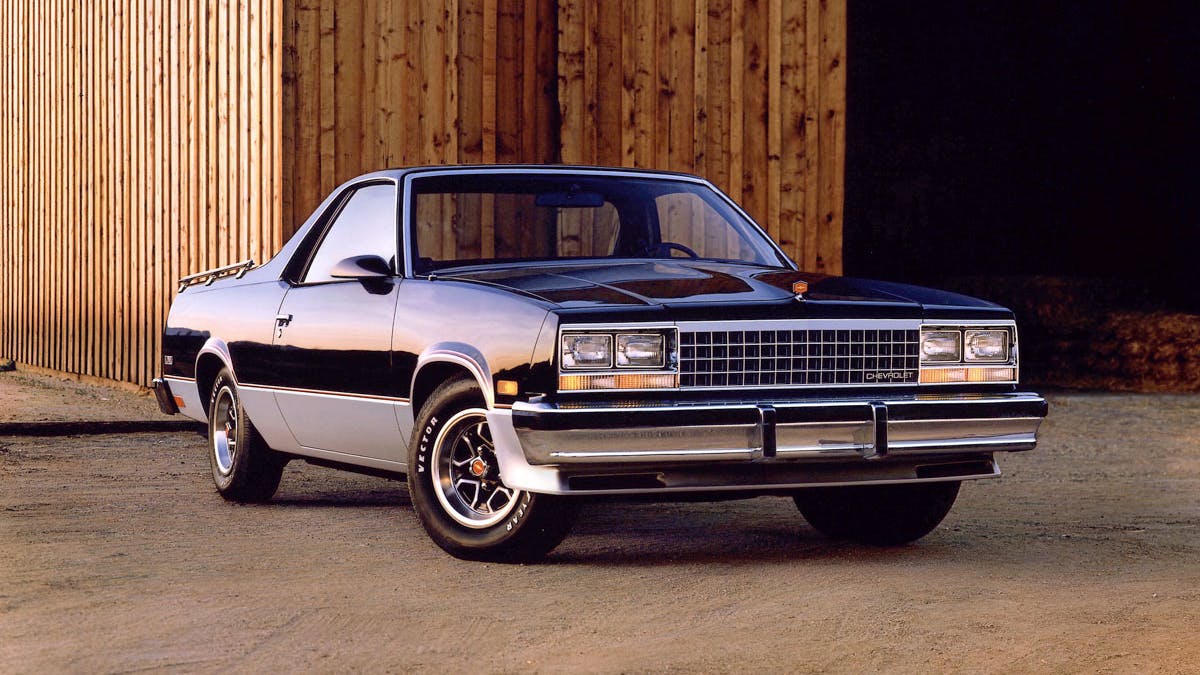


I don’t want to sound cliquish, but Ford styling in the late ’60s and throughout the ’70s and ’80s pretty much had no appeal for me. I liked the ’57 Ranchero and the Falcon-based models, but (especially) the Torino-nosed cars were a big turnoff. There were very few of the El Caminos that I didn’t at least tolerate, if not completely love. Neither maker had a chance to make a buyer out of this hot-rodder from the ’50s past about 1970 anyway, and I don’t care if someone paid ME, I’d never have either a FoMoCo or GM Ute from ’73 or newer! The Brat, however, is still “cute” to me, and I’d probably drive one if I ran across an example in decent shape.
1974 Pontiac Grand Camino.(Prototype)
It is amazing how similar the value trends are across the different brands and eras of ‘utes’
I bought my El Camino, a 1983 model, in 1989. A new engine, new paint and a few other minor fixes, and it still soldiers on. An El Camino is the perfect truck for people who don’t want to work very hard. Back in the day, when you saw an El Camino on the job site, it belonged to the boss.
The G body El Caminos suffer from a too small brake booster. The brakes are kind of marginal, and the booster wasn’t big enough to allow them to be applied fully without extraordinary effort from the driver. The booster from a Caprice of the same vintage is 20% larger, and it bolts right in.
I had a 1977 El Camino and you couldn’t haul dirt in it because of the bolt heads on the bed surface. I bought a new 1980 Toyota 4×4 and traded in the El Camino.
Modern ute in North America is the Ridgeline, Santa Cruz and Maverick.
At least 2 of the 3 are car-styling and platform based vehicles with a bed. They just happen to have 4 doors. This is less of a betrayal-of-concept than the exotic SUVs, pony/muscle car EV crossovers, etc.
The modern utes also have awd or 4×4 (at least as an option) which would have made the old Rancheros and El Caminos more useful in my eyes.
The Ford Explorer Sportrak deserves a mention, if the Adrenalin edition had been what they started with –probably would have sold a lot more.
If I had the dream budget to have a collection of 20 nice cars, there absolutely would be at least one vintage ute in there.
I came to say the same thing! Although, I’d likely not have said it as well 🙂
The 77 thru 79 Rancheros were not in any way shape or form downsized from the 72 thru 76 models as the article states. In fact, the last gen Rancheros were almost 5 inches longer, 220.1″ vs 215.7″
I had a 1972 GMC Sprint SP. It was a GMC SS version. It had the cowl hood, hood pins and a big block.
Not many were made and I loved that car. Should have kept it.
I loved the Early Camino and the last ones but 73 to 76 were underpowered over weight rust buckets.
Never much love for the others here as they all rushed even more in Ohio winters,
I enjoyed this article a great deal. However I was dismayed that you for got to mention the rarest Ford that ALMOST happened, The Ford Durango. Technically, Ford “licensed production of 200 of these to be be built by National Coach Co in LA, if memory serves. They were built on the “81, ’82, and ’83 Fairmont Futura coupe platform and had nearly every bell and whistle Ford offered at the time. A Google search will yield a variety of magazine article and photos from the period. The real oddity is that nobody know exactly how many were produced and titled as Durango. But, Ford pulled the plug on the project and most estimates land between 40 an 60 “prototypes built to show off to dealers. Current counts of those still in existence are less than 400 according to my research but I would welcome hearing from anyone with better information than mine
Early Falcon Ranchero’s ooz cool, same with ’64 to ’72 El Camino’s. Personally I’m NOT a fan of your choices
And Oddjob drove one in “Goldfinger” which he used to pick up the cubed Lincoln Continental! Given that the Lincoln weighed just over 5,000 lbs I think there was some movie magic involved here.
You forgot about the VW Rabbit/Golf UTE. They came with 50hp diesel’s and were miserable to drive.
I got 45 MPG on the highway in my diesel. It helped make up for its short comings. If only you could always be driving downhill which was an air-cooled VW issue also
you forgot the dodge rampage
I had a Rampage new! Was black with red pin stripe. Manual trans. I wood describe it as unrefined but acceptable. Loved it.
I drive a lowly Rampage, 1984 model, 2.2 liter automatic.
You can find room for a Brat but you completely ignore the Dodge Rampage/Plymouth Scamp! You don’t even list them in your valuation guide. You have to know they’re out there because you insure my 1983 Plymouth Scamp.
From one 1983 Scamp owner to another: maybe you didn’t notice their disclaimer in the article about the Rampage and Scamp, and why it was not shown, or listed in the value guide. I was sad it was not included, but somewhat understand why.
Or you could build your own Dodge Charger Ute with a kit from Smyth Performance.
I did and it gets more looks than ant car I’ve had!
I’ll take a 59 El Camino. None but the best
I’ll take a 59 El Camino. None but the best!
Beginning of the article bud:
“(As a side note for you Mopar maniacs, we didn’t forget about the short-lived 1982–84 Dodge Rampage/Plymouth Scamp. We just don’t track them in our price guide because of insufficient data; there really aren’t many left and they hardly pop up for sale.)”